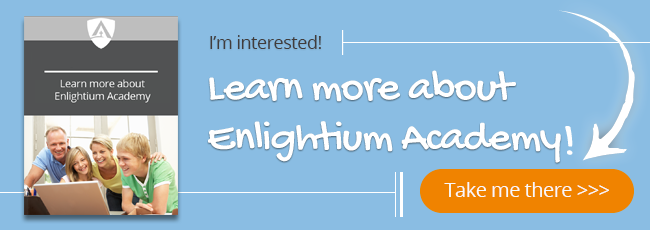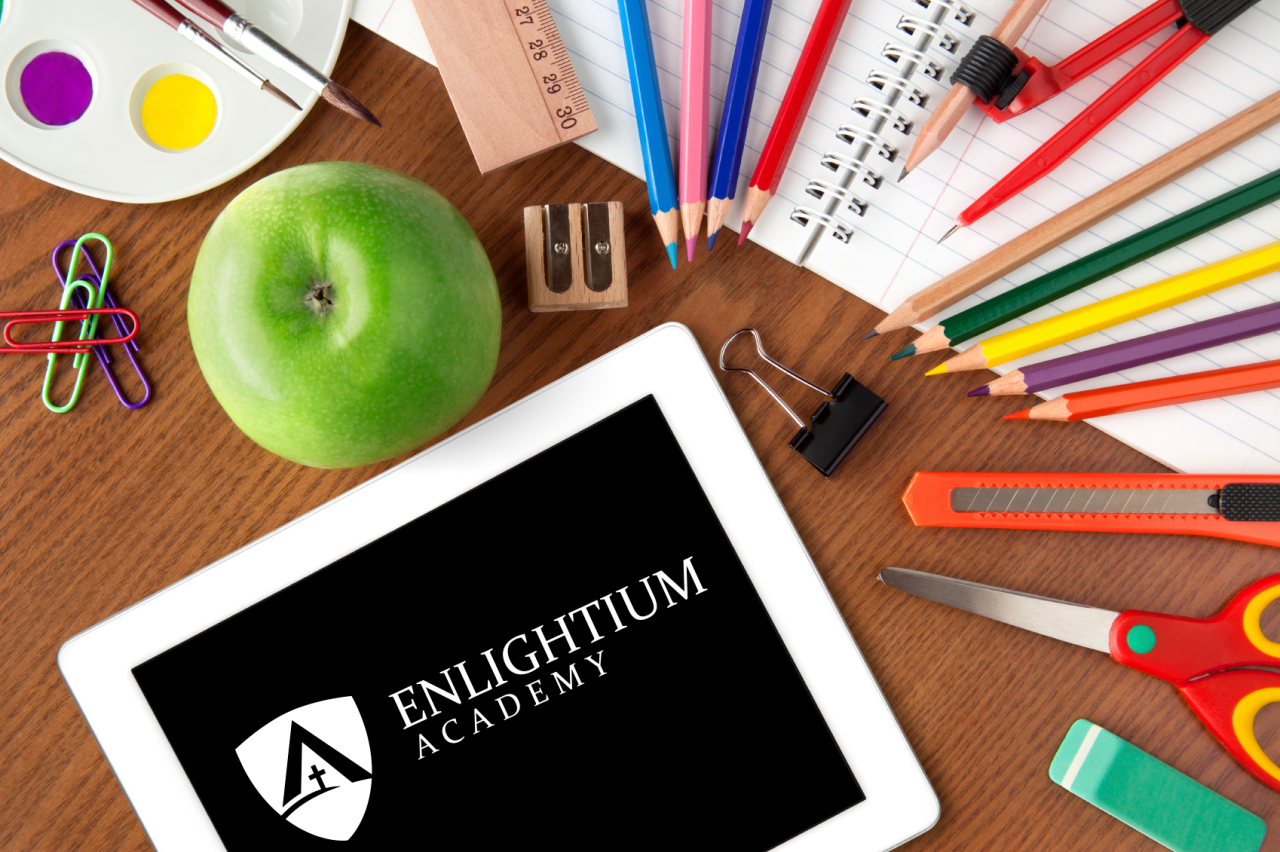Often students enroll at an online school because they want to minimize the amount of interaction between themselves and their teachers. If that is the case, the student will most likely not respond to a teacher’s efforts to forge a relationship.
Some students find interacting with adults face-to-face intimidating, so the idea of interacting with their teachers digitally makes communication with adults more bearable. These students are more likely to respond positively to a teacher’s efforts to forge a relationship.
We live in a day and time when much of our lives are dependent on the Internet. People trade, communicate, work, and entertain themselves through an online medium. Students are able to forge a relationship with a teacher online, especially when the teachers make initial contact.
How Will Online Teachers Forge Relationships With Their Students?
It all starts with a good introduction.
Teachers at Enlightium Academy always send a greeting letter when a student joins their class. Teachers introduce themselves in a colorful way, where they talk about their interests and families and show themselves as fun, interesting people who will help their students through the coursework.
For some students, this introduction is enough to break the ice; they will respond with an introduction of their own, and the teacher will remember this conversation.
For other students, an introduction is not enough, and teachers know this. So they keep reaching out to students in different ways. Most of their interactions are through chat on Ignitia, although some students have access to teachers through phone tutorials, screen sharing and face-to-face video chat.
Be it face-to-face or just written communication, the chance to work one-on-one with the student is what gives teachers the opportunity to truly forge a relationship with them. It is during these interactions that teachers can continue to learn about the person behind the screen name. It isn’t uncommon for teachers to know the names of the student’s pets or to be in prayer with the student and his or her parents.





















